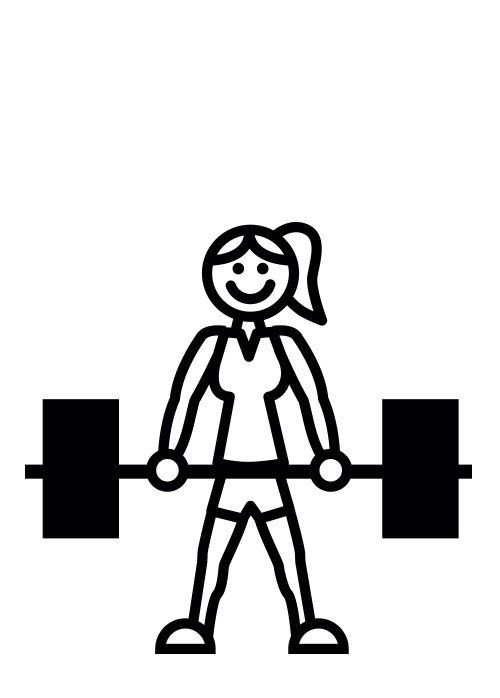Self adhesive balancing weights, also known as stick on weights, are one of the most popular consumable items we sell at Tyre Bay Direct.
Self adhesive weights are used for the balancing of alloy wheels and are available in either a matt, polished or even black finish. With different sizes including the most common 5g and 10g sections, 5g only sections and 2.5g sections, we are sure to have the right self adhesive wheel balancing weights for you.
£4.61incl VAT
£3.84excl VAT
In Stock
Add to basket
£10.55incl VAT
£8.79excl VAT
In Stock
Add to basket
Bulk Buy + Save
£10.incl VAT
£8.79excl VAT
In Stock
Add to basket
Bulk Buy + Save
£10.55incl VAT
£8.79excl VAT
In Stock
Add to basket
Bulk Buy + Save
£10.55incl VAT
£8.79excl VAT
In Stock
Add to basket
Bulk Buy + Save
£10.94incl VAT
£9.12excl VAT
In Stock
Add to basket
£11.87incl VAT
£9.89excl VAT
In Stock
Add to basket
23% off bulk buy
£17. 15
15incl VAT
£14.29excl VAT
In Stock
Add to basket
Out of stock
Special Offer
£17.99incl VAT
£14.99excl VAT
Out of Stock
Read more
£19.79incl VAT
£16.49excl VAT
In Stock
Add to basket
Give us a call now on 01527 883 580 and we'll be happy to talk about what your requirement is and how we can help solve it!
If you've not been through the Application of Adhesive Weights, you might appreciate this quick insight into how they work.
 Ideally, the weight, rim and ambient temperature should be around 15 degrees centigrade as this enables the adhesive backing to perform at its best. Thoroughly clean the rims with an appropriate cleaning agent to avoid grease and silicone residues on the rim.
Ideally, the weight, rim and ambient temperature should be around 15 degrees centigrade as this enables the adhesive backing to perform at its best. Thoroughly clean the rims with an appropriate cleaning agent to avoid grease and silicone residues on the rim.Wheel weights are an important component when adjusting the balance of a customer’s tires. Tire vibration concerns are often the result of an imbalanced tire and wheel assembly.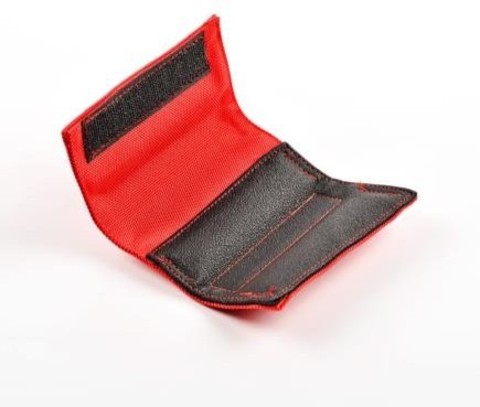 For passenger cars, motorcycles and truck wheels, two options are available: clip-on and adhesive wheel weights.
For passenger cars, motorcycles and truck wheels, two options are available: clip-on and adhesive wheel weights.
For the purposes of this article, let’s look at adhesive wheel weights, also referred to as “stick-on” or “tape” wheel weights.
Adhesive wheel weights can be made from lead, zinc, steel or even plastic-coated steel. The materials you decide to go with depend on cost, installer preferences and regulations in your area, since some states prohibit the use of lead-based weights.
For customers making an investment in custom wheels, many don’t like the appearance of a clip-on weight. Adhesive weights placed on the inside of the wheel are less conspicuous, and some products are available in a range of finishes, such as black, silver or chrome, to further blend with the aesthetics of the tire and wheel package. Depending on your equipment, you might be able to identify where to split the weight to place it behind the spokes of the wheel to obscure its presence for an even cleaner look.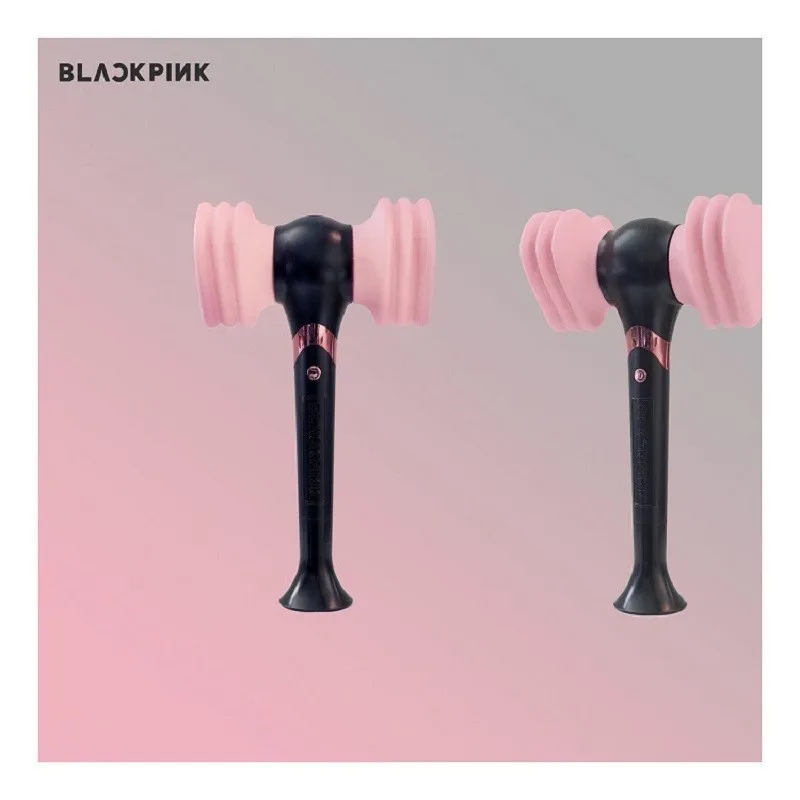
Adhesive weights placed on the inside of the wheel are less conspicuous and often are available in finishes that blend in with the aesthetics of the tire and wheel package.
When applying stick-on wheel weights, the first step is to use your wheel balancing equipment to identify the specific location for placement. Some wheel balancers are more advanced than others. Higher tech designs include laser precision for proper placement.
Once the location for the placement of the wheel weight is determined, the next step is to clean the surface of the wheel with alcohol or a similar cleaner to remove any grease or silicone residue at the site to ensure proper adhesion.
Once the placement location is prepared, the next step is to select the correct size of weight, remove the protective backing and take care not to touch the adhesive. Apply the weight to the rim from the middle toward the outside edges with even pressure.
Hold the weight in place for about 20 seconds, or even longer if the wheel is cold.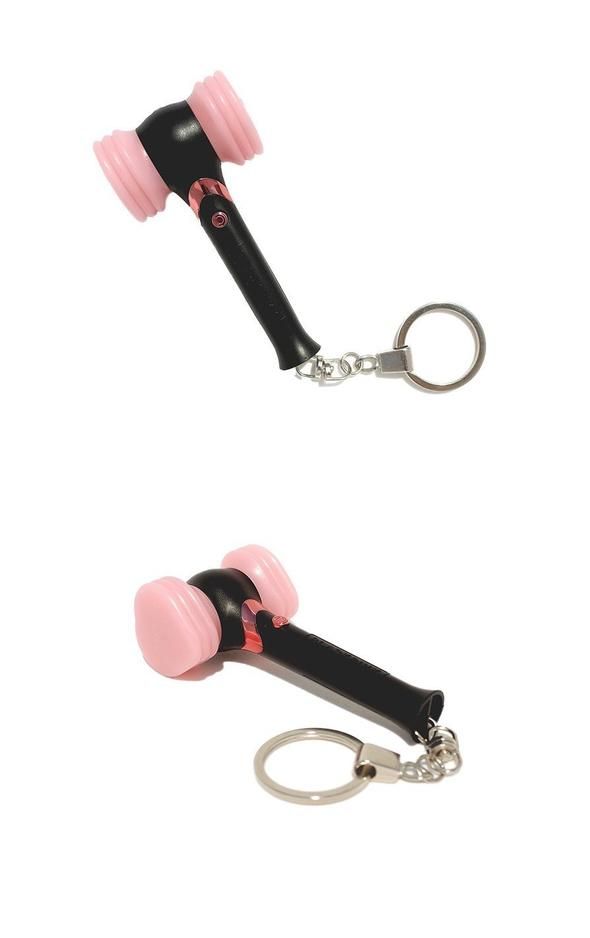 It takes from 24 to 72 hours for the adhesive to fully attach onto the wheel, so it’s recommended your customers avoid “spirited” or aggressive driving for a few days after their wheels are balanced.
It takes from 24 to 72 hours for the adhesive to fully attach onto the wheel, so it’s recommended your customers avoid “spirited” or aggressive driving for a few days after their wheels are balanced.
Once the weight is in place, re-spin the assembly to ensure the proper balance was achieved.
Editor’s Note: Recommendations are based on information from Bada Wheel Weights, BendPak, Coats Garage, Hunter Engineering, Plombco and Perfect Equipment/Wegmann Automotive.
Check out the rest of the April digital edition of Tire Review here.
In this article:wheel weights
Daniil Davydov
medical journalist
Author profile
Smart scales help to estimate body fat, but they do it inaccurately.
All they can do is show whether a person is losing fat or, conversely, gaining it.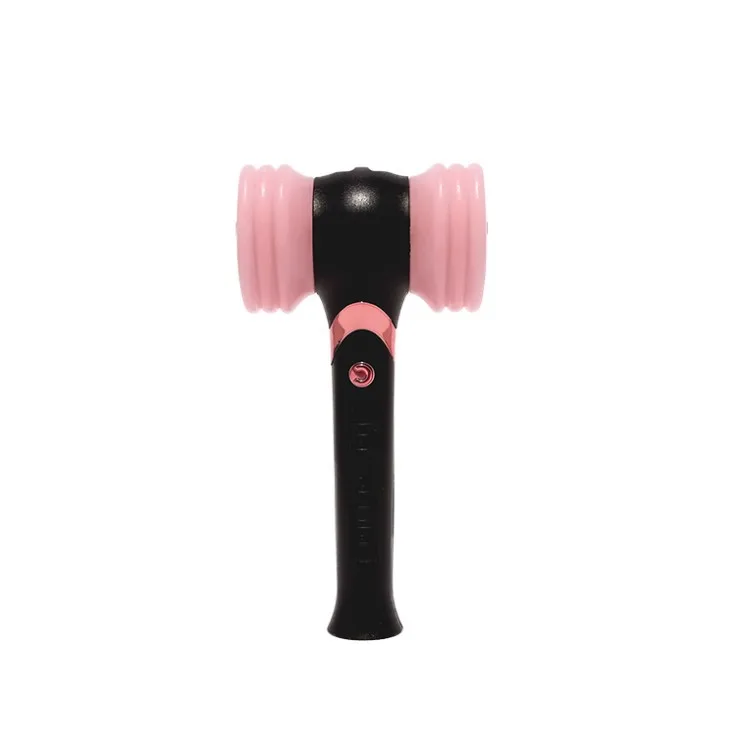 Although it is possible to monitor body weight without smart scales, studies show that for some people such devices help keep the motivation to lose weight.
Although it is possible to monitor body weight without smart scales, studies show that for some people such devices help keep the motivation to lose weight.
Our articles are written with love for evidence-based medicine. We refer to authoritative sources and go to doctors with a good reputation for comments. But remember: the responsibility for your health lies with you and your doctor. We don't write prescriptions, we make recommendations. Relying on our point of view or not is up to you.
What is a smart scale. Smart Scale is a device that integrates a standard electronic scale and a bioimpedance analysis device to assess the contribution of fat, muscle and bone to body composition.
How bioimpedance works in smart scales. There are four electrodes in the smart scale platform. When a barefoot person stands on the electrodes, they send a very weak electrical current through their body.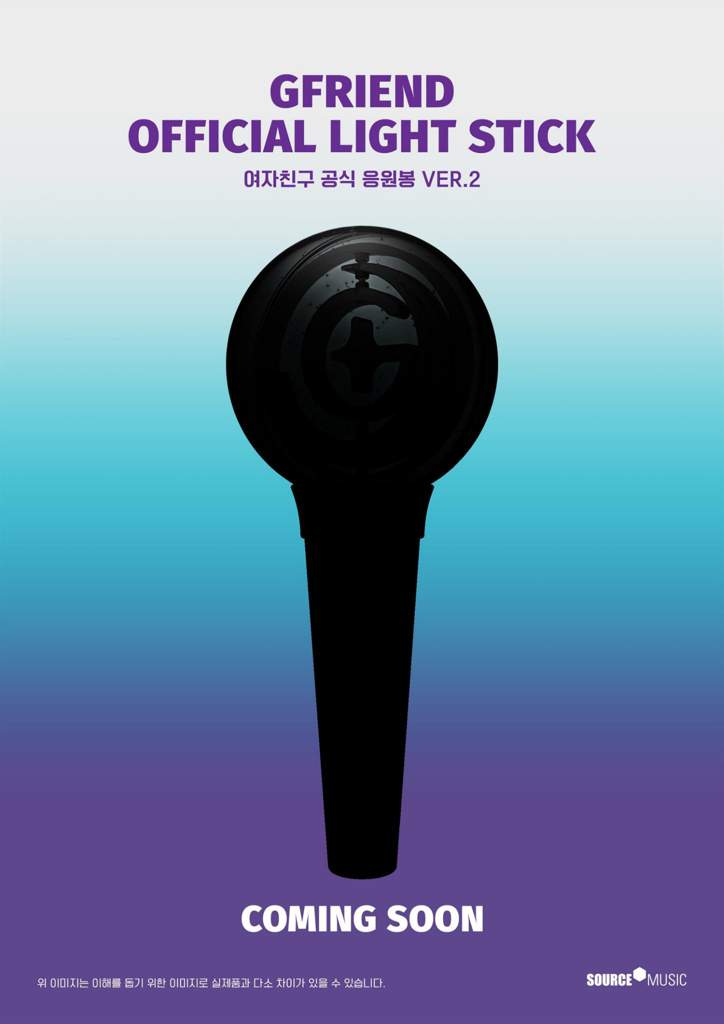 The electricity goes up one leg, goes through the pelvis, and down the other leg.
The electricity goes up one leg, goes through the pelvis, and down the other leg.
How Bioimpedance Works - Current Opinion in Critical Care Journal
Smart Scales Pass Electricity Through the Lower Body - Nutrition Journal
Different body tissues resist electrical current differently. Muscles conduct current best, as they contain a lot of free water with electrolytes dissolved in it. Tissues that are poor in free water, that is, fat and bones, conduct electric current worse. Given this difference, the scales calculate the mass of adipose tissue in the body using special formulas. And some models of scales at the same time calculate the amount of muscle and bone tissue.
Most studies on smart scales are organized by the companies that make them, and there are too few people involved in independent studies to draw definitive conclusions. The largest independent study of smart scale accuracy I could find was published by French scientists in 2021.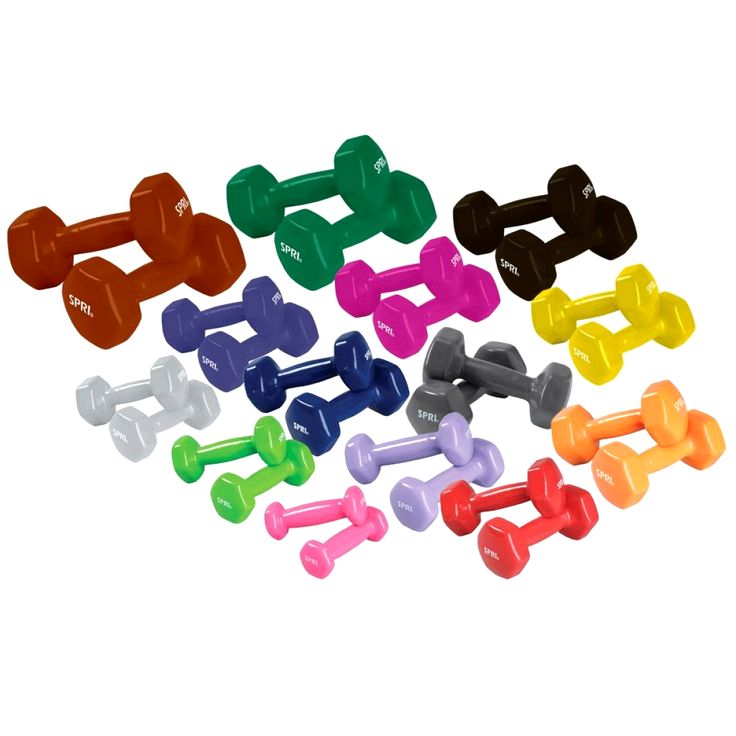 They studied three brands of scales: Body Partner, DietPack and Body Cardio. The first two are not on sale in Russia, and Body Cardio scales will cost 29,067 R.
They studied three brands of scales: Body Partner, DietPack and Body Cardio. The first two are not on sale in Russia, and Body Cardio scales will cost 29,067 R.
Scientists recruited 153 adult volunteers and divided them into three groups. In people from each group, body weight and adipose tissue content were first measured in the laboratory by densitometry. This x-ray examination is considered the gold standard for measuring bone density, but is also suitable for assessing the composition of other body components.
Smart Scale Accuracy by Weight and Body Composition - Journal of Internet Medical Research
What is Densitometry - Jackson Hospital
They then measured the body weight and fat content of the volunteers using one of the brands of smart scales, and then compared the results. Here's what we found out.
Body weight accuracy. The average absolute error of all three brands of smart scales did not exceed 0.3 kilograms. That is, they met the requirements for standard electronic scales, which should not be more than 0.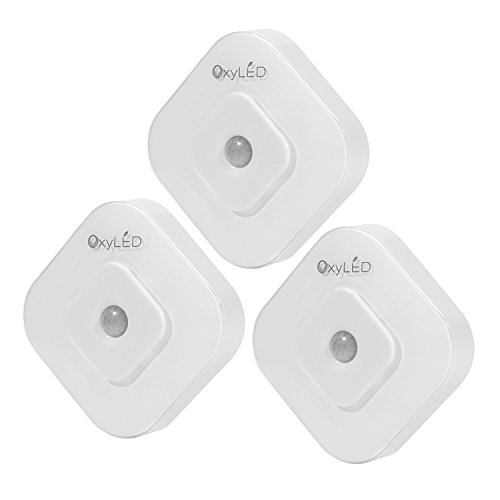 5 kilograms wrong.
5 kilograms wrong.
/eda-uchebnik/
PC training
Body fat measurement accuracy. All three brands of smart scales worked stably: if the same volunteer stepped on the scales over and over again, the devices produced similar results. And yet, the tested devices greatly underestimated body fat: Body Partner by 2.2 kilograms, Body Cardio by 3.7 kilograms, and DietPack by 4.4 kilograms. In earlier studies, which included fewer people, the results were similar: in them, smart scales also underestimated fat mass.
Based on the data we have about smart scales, it turns out that such devices can only be useful for people who weigh themselves several times a week. This tactic helps to collect statistics and understand whether a person is losing fat or, conversely, gaining it. But if you weigh yourself once a week or less, there will be no benefit, because smart scales do not reflect the exact composition of the body.
/couple-fitness/
How to lose weight with your husband
Most likely, the matter is in the design of the device. The electrodes built into the scale collect data only on the lower part of the body, and the fat content in the upper part is calculated using formulas that take into account the average distribution of adipose tissue in the human body, taking into account its gender, weight, height and age.
Problems with smart scales may be related to their design - educational site for trainers "Science for Sports"
There are many problems with these formulas. For example, scale manufacturers usually substitute data on the body composition of a typical resident of their region into the formulas. However, the body composition of the average Korean or Chinese may differ significantly from that of the average American or Russian.
But even if a person buys scales produced in his region, this does not guarantee that they will calculate everything correctly, because real people are very different from the average.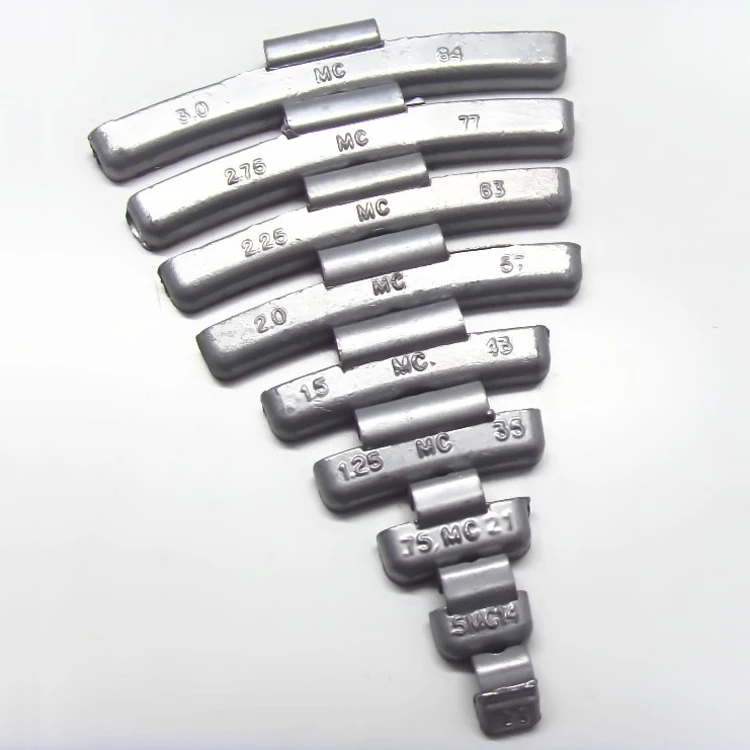
This problem can only be solved by redesigning the bioimpedance device to measure fat mass in both the lower and upper body. Such devices exist: these are medical body composition analyzers that are used in some hospitals.
6 apps to help you lose weight
These devices have not one, but two pairs of electrodes: one passes electricity through the legs, and the other through the hands. Medical analyzers collect information about the fat content in the whole body and get more accurate results. But smart scales that can measure the content of fat, muscle and bone tissue in both the lower and upper parts of the body have not yet been invented.
Medical body composition analyzers pass current not only through the hands, but also through the legs. Source: rehabmart.com Smart scales are not included in the list of devices required for weight control. But some studies show that people who use such weights lose weight a little faster than those who use regular ones.
Why you can do without smart scales. Healthy non-athletes can successfully track their weight based on two key indicators: body mass index, or BMI, and waist circumference.
How to estimate weight correctly - US Centers for Disease Control and Prevention, CDC
To calculate BMI, it is enough to know your height in meters and weight in kilograms, and ordinary electronic scales show body weight no worse than smart ones. You can calculate BMI by dividing your weight in kilograms by the square of your height in meters, or by substituting this data into an online BMI calculator.
If the BMI is in the range of 18.5-24.9, the weight is considered healthy. A value between 25-30 is overweight, and more than 30 is obese. Most scientists and doctors believe that it makes sense to think about weight control even if you are overweight: this reduces the risk of developing obesity and chronic diseases associated with it.
/stat-oh-my-weight/
How many Russians suffer from obesity
The second important indicator is waist circumference.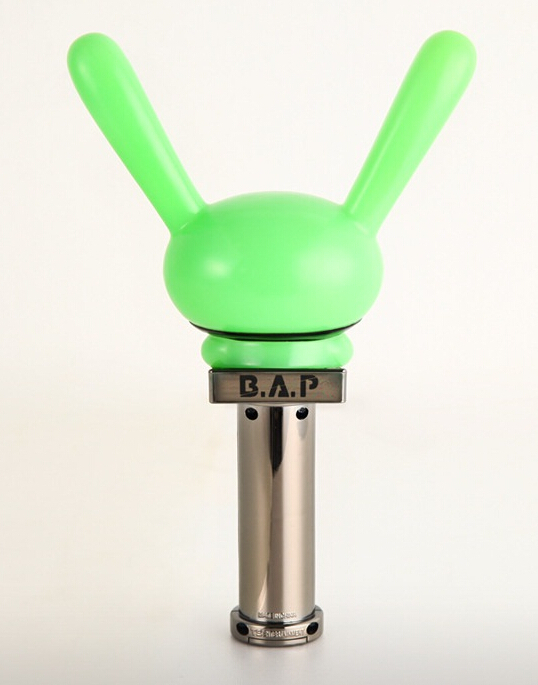 It determines the amount of fat surrounding the internal organs. The more such fat in the body, the higher the risk of developing type 2 diabetes and cardiovascular disease.
It determines the amount of fat surrounding the internal organs. The more such fat in the body, the higher the risk of developing type 2 diabetes and cardiovascular disease.
Adult Body Composition - A Physician's Handbook Uptodate
A smart scale is useless for assessing this parameter as it only shows total body fat, including that under the skin. A simple yet reliable way to estimate visceral fat is to measure your waist with a measuring tape. In men, the risk of developing obesity increases if the waist circumference exceeds 102 centimeters, and in women - 89centimeters.
To measure the circumference of the waist, you need to draw a measuring tape around the waist so that it covers the most protruding part of the abdomen To measure the circumference of the waist, you need to trace the measuring tape around the waist so that it covers the most protruding part of the abdomen Do smart scales help to lose weight. Data on this is still scarce. According to a 2017 study, participants in weight loss programs who used smart scales lost more than 5% weight three months earlier than those who followed the same program but used regular weights. True, by the end of the study, which lasted six months, people from both groups still lost the same amount of weight.
True, by the end of the study, which lasted six months, people from both groups still lost the same amount of weight.
The Effectiveness of Weight Loss Programs with Smart and Scales - Journal of the Science and Practice of Obesity
Perhaps faster weight loss is due to the fact that smart scales clearly demonstrate that fat is still being lost. It is possible that at the beginning of a weight loss program, this motivates you to strictly adhere to a balanced diet and continue to play sports, even if you do not want to. But this has yet to be proven in special studies.
What else is worth knowing about smart scales. All devices based on bioimpedance are very sensitive to even small changes in the concentration of water in the body. If on the same day a person weighs himself before and after an intense workout, during which he sweats a lot, in the second case, the scales will show that there is more adipose tissue in the body.
Bioelectrical impedance is sensitive to water content in the body - Uptodate
In order not to confuse smart scales, it makes sense to always weigh yourself at the same time: for example, in the morning before breakfast, immediately after going to the toilet. Results that are obtained at the same time are more trustworthy.
Results that are obtained at the same time are more trustworthy.
Health news, interviews with doctors and instructions for patients in our telegram channel. Subscribe to keep abreast of what is happening: @t_zdorov.
Found a recipe for a gorgeous cake and you can't wait to start cooking? Do not hurry. The delicacy is easy to spoil if you mix the ingredients "by eye". In order for the result to be predictable, it is better to strictly adhere to the indicated proportions. The weight of the necessary products can be measured, even if there is no kitchen scale at hand. Food.ru explains how to prepare the perfect dish using a spoon and a glass.
The right amount of any ingredient can be measured using a glass and spoon. In some recipes, the authors immediately indicate the volume of products in glasses and spoons.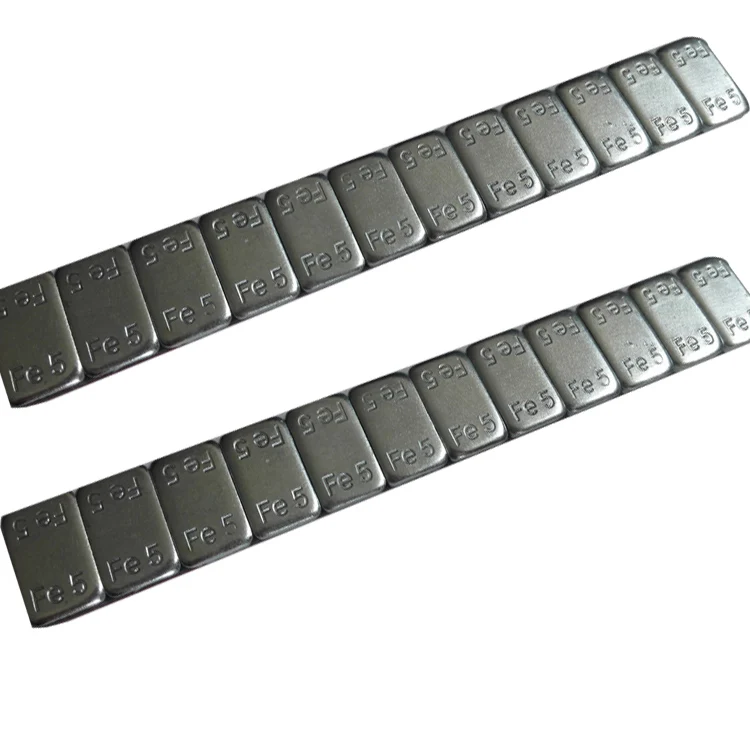
Glass usually means faceted. The spoon can be a teaspoon or a table spoon. In both cases, take the standard options - no coffee or dessert, they have a different volume. Different foods will have different weights in both the glass and the spoon. A chart will help guide you.
The table contains a list of products that are often used in baking and some other recipes. Weight is in grams.
Important
Use the same glasses and spoons. Set aside a separate place for them. If in doubt about the volume of tools, first measure all containers using a scale or beaker. In the measuring table above, the following are indicated: in a glass - 200 grams, in a tablespoon - 18, in a teaspoon - 5.
In order to accurately measure the right amount of product, you need to consider several important points. Different products have their own rules:
liquid products must be poured into the container to the brim;
thick ingredients such as jam, sour cream and condensed milk should be added in heaps;
bulk products should be put into the glass with a spoon.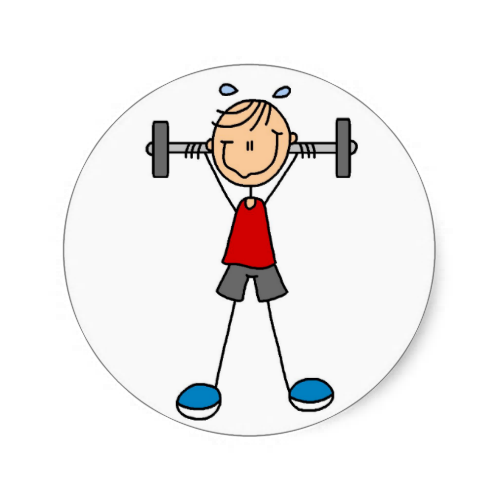 If you scoop, you will gain excess air, which will change the weight of the product. At the same time, it is not necessary to compact and loosen flour or crushed cereals, this can also change the final volume;
If you scoop, you will gain excess air, which will change the weight of the product. At the same time, it is not necessary to compact and loosen flour or crushed cereals, this can also change the final volume;
liquids can also be measured with a 250 ml smooth beaker. In the case of juices, water, wine, there should be no errors;
Some recipes show a cup instead of a glass. This is an American food tradition. Food.ru wrote how to deal with this method of measuring volumes.
The exact volume of food must be measured carefully when baking. Like when you're making bread. If the ratio of flour to liquid is not correct, crumbly or soggy bread will result.
It is also important to keep the proportions in the process of making the biscuit for the cake. And in general, it is better not to ignore the instructions in the recipe about the need for accurate measurements. So you save a lot of time and get a really tasty dish.
Identify the foods you use most in the kitchen.